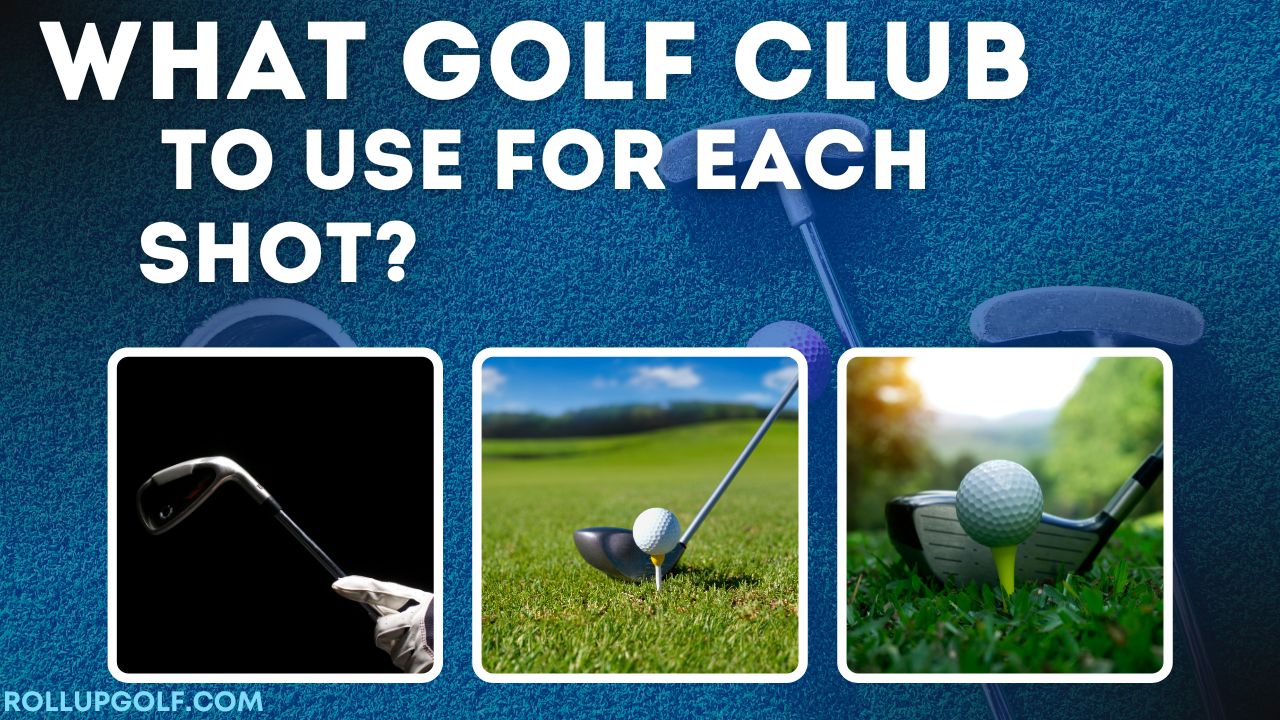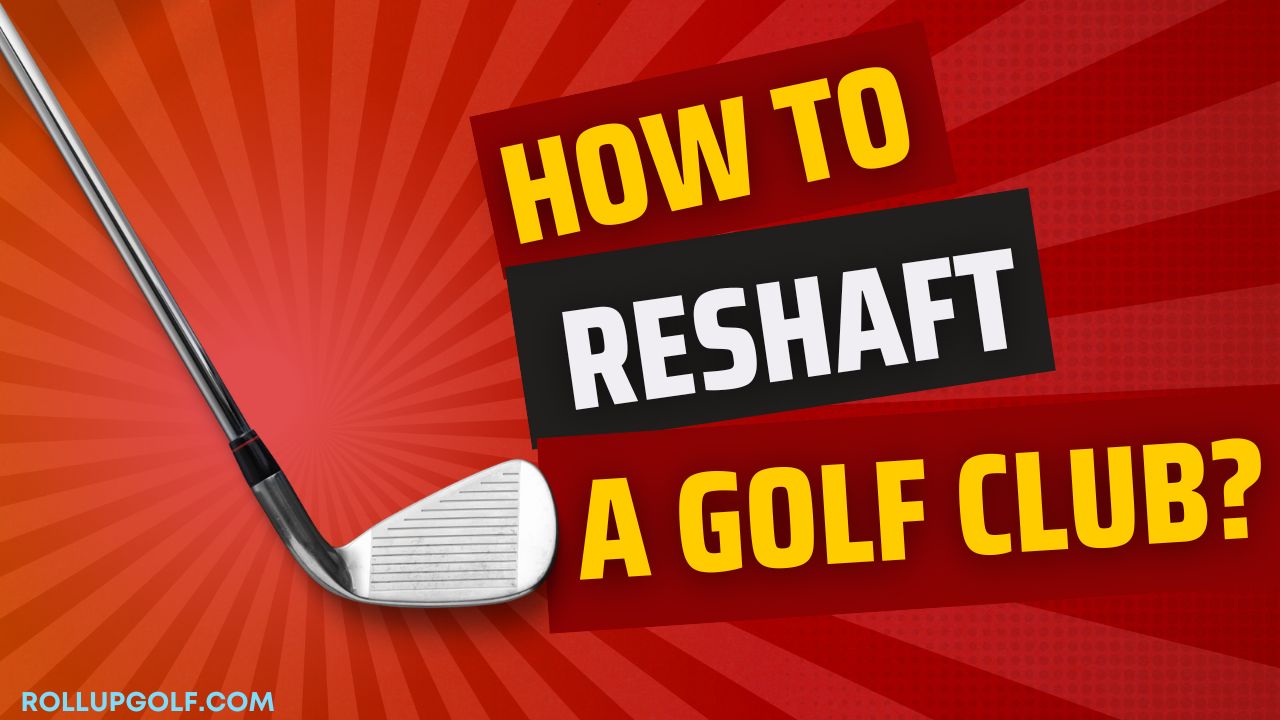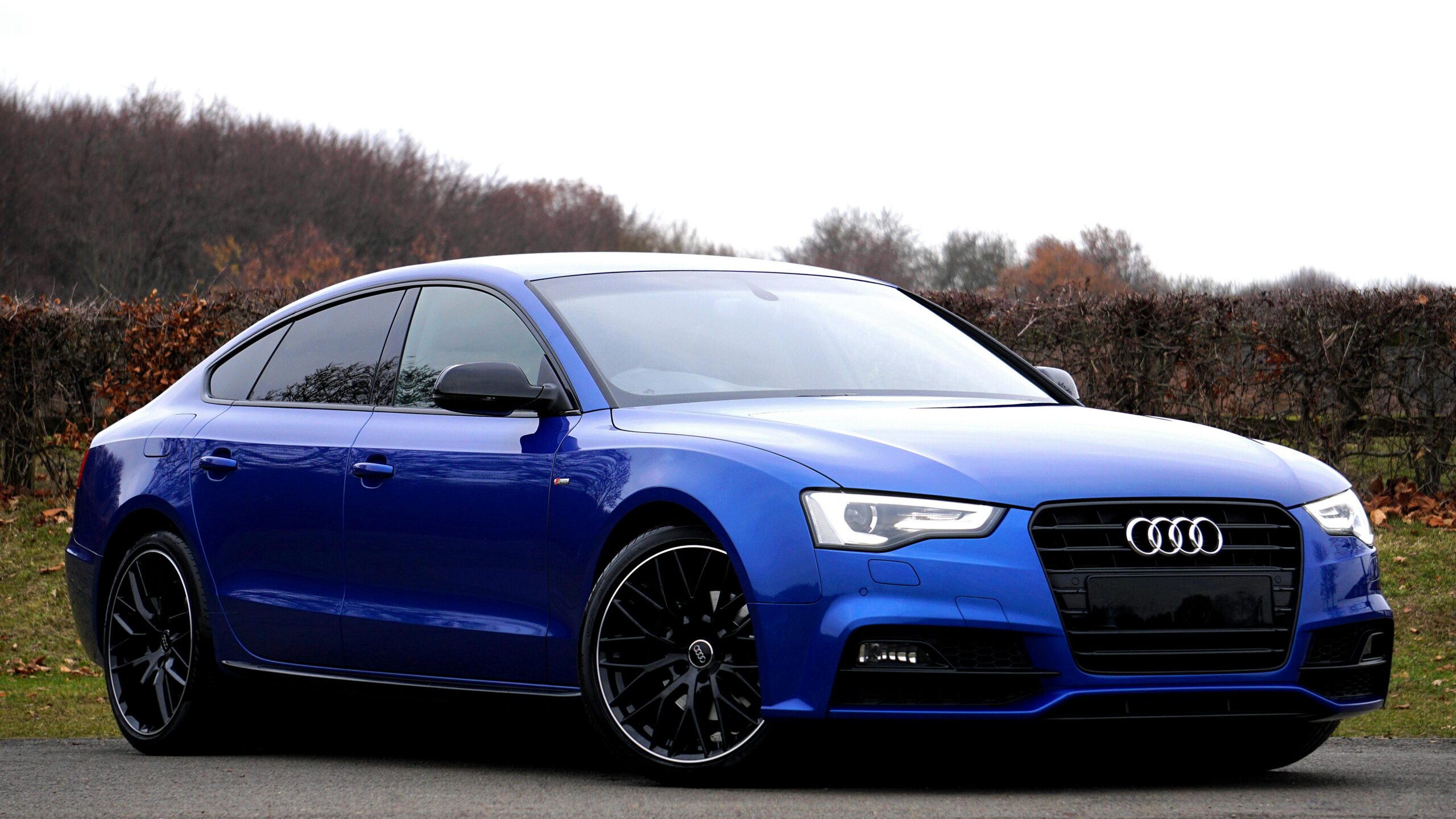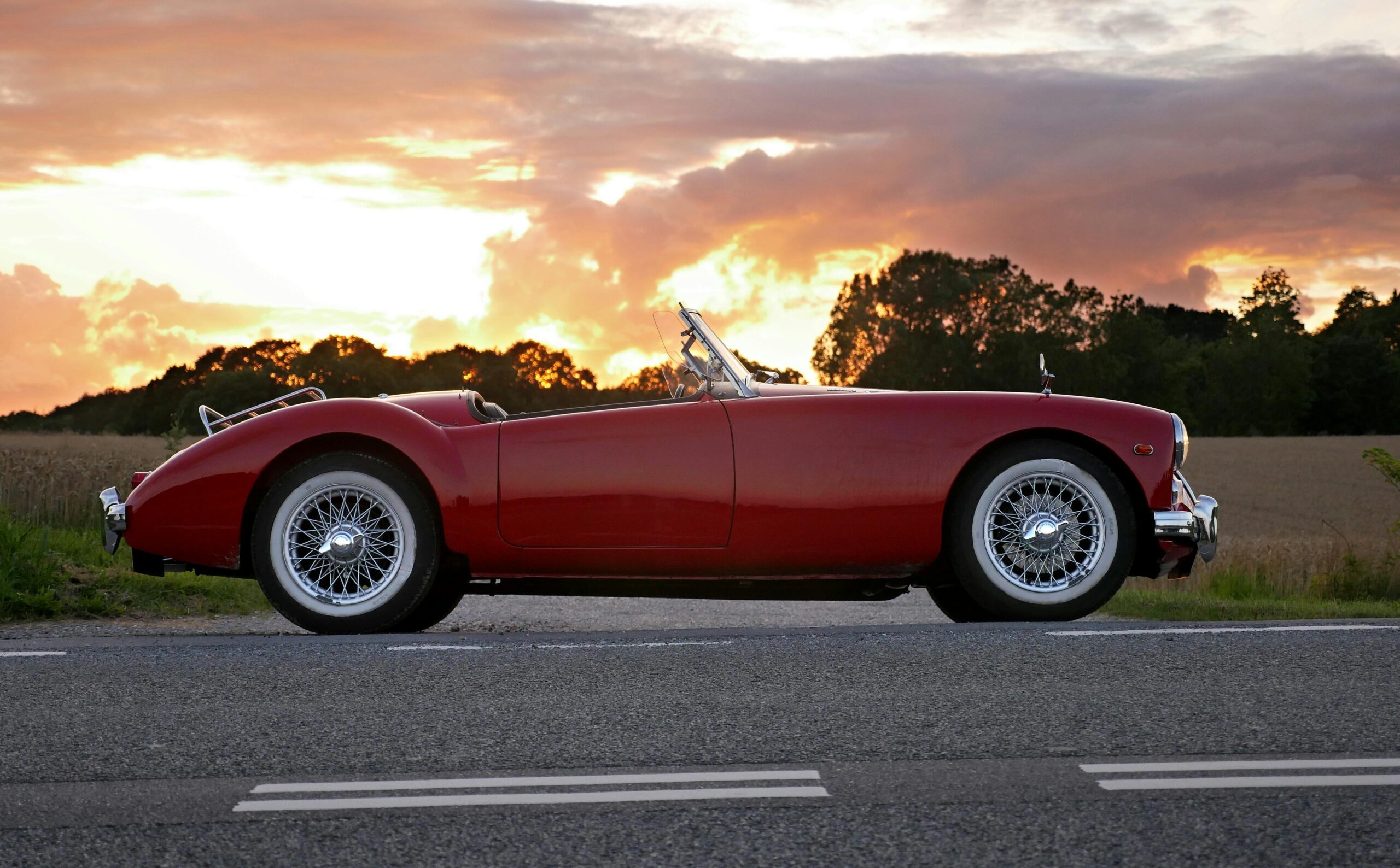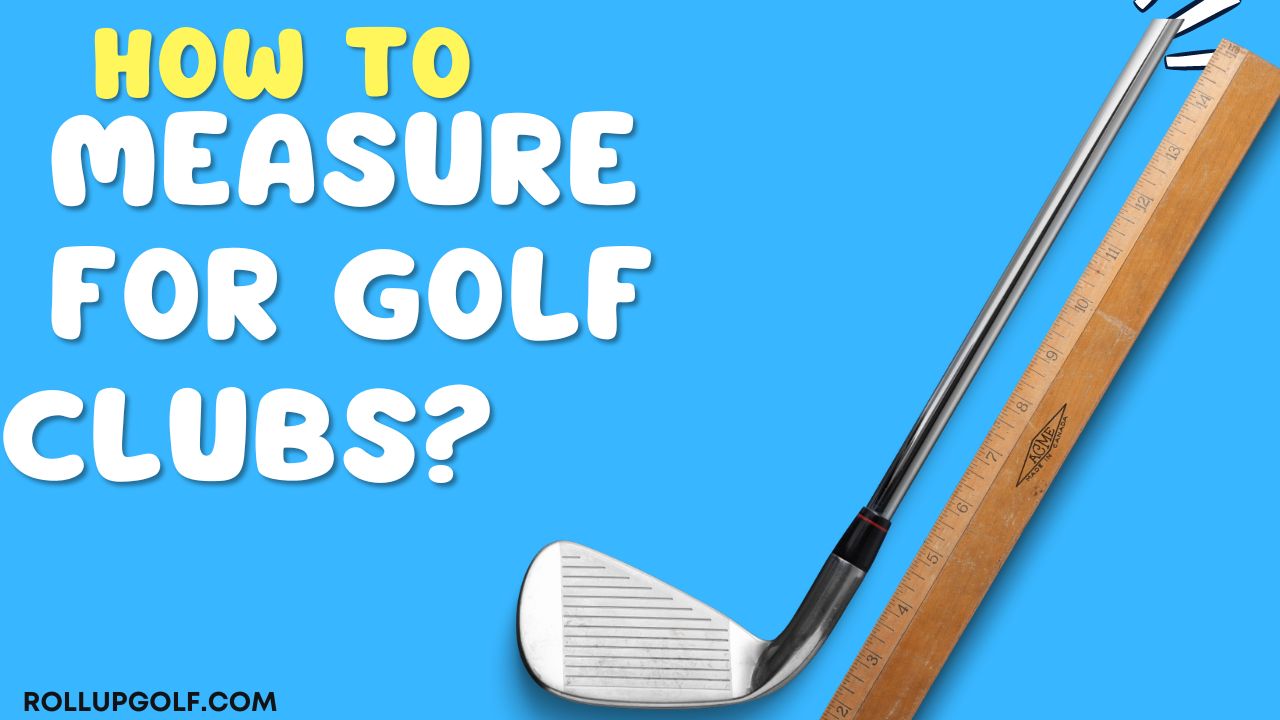
Golf is a game of precision and skill, and having the right equipment is crucial for success on the course. One of the most important aspects of equipment selection is ensuring that your golf clubs are properly sized and fitted to your swing characteristics. In this guide, we’ll explore How to measure golf clubs, average golf club size and How do you measure yourself for a golf club? It helps you for the perfect fit for your game.
Read also: How Should Golf Pants Fit?
How to measure golf clubs
Here’s how to measure the length of your golf clubs:
Tools you’ll need:
- A measuring tape or a 48-inch golf club ruler (standard tape measures aren’t long enough)
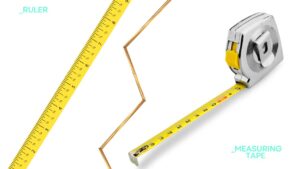
Measuring Drivers, Irons, and Fairway Woods:
1. Positioning the club: Lay the club down on the ground as if you were addressing a shot. Aim for a 60-degree angle between the sole of the club and the ground.
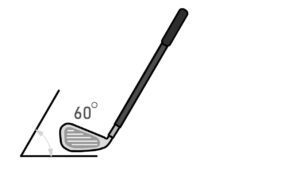
2. Align the measuring tool: Place the end of your tape measure or ruler flush against the top end of the grip (not the very top). Run the tape measure or ruler down the shaft, keeping it close to the club.
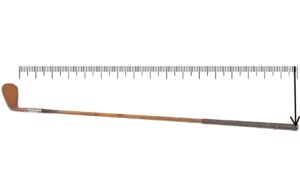
3. Reading the measurement: The measurement point for drivers and irons is the heel of the club, where the sole and shaft meet at the clubface. Make sure the ruler is resting on the ground here and read the measurement.
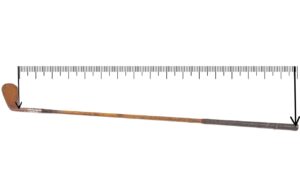
Measuring Putters:
For putters, the measurement is slightly different because the shaft doesn’t meet the clubface at the heel. Here’s what to do:
- Positioning: Lay the putter down with the face flat on the ground.
- Align the measuring tool: Place the end of the tape measure or ruler on the top of the grip, running it straight down the shaft.
- Reading the measurement: The measurement point for putters is the bottom of the putter sole. Read the measurement where the ruler touches the sole.
Tips:
- It can be helpful to have someone assist you in holding the club in position while you take the measurement.
- Double-check your measurement to ensure accuracy.
- Consider consulting a professional club fitter if you’re unsure about ideal club lengths for your height and swing.
Read also: How Tall is a Golf Cart with a Roof?
average golf club size
average golf club lengths
| Club Type | Standard Length (Men) | Standard Length (Women) |
|---|---|---|
| Driver | 45 inches | 43 inches |
| Fairway Woods (3-Wood, 5-Wood) | 43 inches | 41 inches |
| Irons (3-Iron to 7-Iron) | 39 inches | 37 inches |
| Irons (8-Iron to PW) | 38 inches | 36 inches |
| Wedges (Sand Wedge, Pitching Wedge) | 37 inches | 35 inches |
| Putter | 35 inches | 34 inches |
Note:
- These are just standard lengths and may not be ideal for everyone.
- Taller golfers typically need slightly longer clubs, while shorter golfers may benefit from shorter clubs.
- It’s crucial to get fitted for clubs to ensure they are the proper length and specifications for your individual needs. This can significantly improve your swing, accuracy, and distance.
How do you measure yourself for a golf club?
While measuring yourself can provide a general idea of your potential club length, it’s not a substitute for a professional fitting. Here’s how to measure yourself for informational purposes:
Tools you’ll need:
- A measuring tape or a 48-inch ruler
Steps:
-
Measure your height: Stand barefoot against a wall with your back straight. Have someone mark your height on the wall. Use a tape measure to measure the distance from the ground to the mark.
-
Measure your wrist-to-floor distance: Stand upright with your arms relaxed at your sides. Ask someone to measure the distance from the crease on your dominant wrist (where your hand meets your forearm) to the ground.
Using the measurements:
Here are some general guidelines based on height and wrist-to-floor distance to estimate potential club length (these are not guaranteed to be accurate and are for informational purposes only):
- Height: Taller golfers generally need longer clubs, while shorter golfers may need shorter clubs.
- Wrist-to-floor distance: A longer wrist-to-floor distance suggests you might need slightly longer clubs.
Limitations:
- These are rough guidelines and don’t take into account factors like posture, swing mechanics, and desired ball flight.
- It’s crucial to get fitted for clubs by a professional who can assess your individual needs and recommend the appropriate club length, lie angle, and other specifications.
Recommendation:
While measuring yourself can give you a starting point, it’s highly recommended to get fitted for clubs. A professional fitting can significantly improve your swing, accuracy, distance, and overall enjoyment of the game.
Read also: Does Allan Kournikova Still Play Golf?
Understanding Golf Club Measurements
Before diving into the measurement process, it’s essential to understand the key components that determine the fit of a golf club. These include the length, lie angle, loft angle, shaft flex, and grip size.
Importance of Proper Club Fitting
Proper club fitting is paramount for golfers of all skill levels, from beginners to seasoned professionals. It involves tailoring the specifications of each club to match the unique characteristics of an individual’s swing, physique, and playing style. The importance of proper club fitting cannot be overstated, and here’s why:
Enhances Performance
Perhaps the most significant benefit of proper club fitting is its positive impact on performance. When your clubs are fitted correctly, you can achieve greater consistency, accuracy, and distance in your shots. Clubs that are the right length, lie angle, loft angle, and shaft flex for your swing characteristics allow you to make more solid contact with the ball, resulting in improved ball flight and overall performance on the course.
Prevents Injury
Using ill-fitted clubs can lead to poor swing mechanics and increased strain on your body, increasing the risk of injury. For example, clubs that are too long or too heavy can cause excessive stress on your muscles and joints, leading to overuse injuries such as tendonitis or muscle strains. Properly fitted clubs ensure that you can swing with optimal mechanics, reducing the likelihood of injury and allowing you to enjoy the game pain-free.
Improves Consistency
Consistency is key in golf, and proper club fitting plays a crucial role in achieving it. When your clubs are tailored to your swing characteristics, you can develop a more repeatable swing motion, leading to greater consistency in your ball striking. Consistent club lengths lie angles, and shaft flexes allow you to develop muscle memory and confidence in your swing, leading to improved performance round after round.
Maximizes Comfort
Playing with clubs that are poorly fitted can be uncomfortable and distracting, detracting from your enjoyment of the game. Properly fitted clubs feel natural and comfortable in your hands, allowing you to focus on your swing and shot execution without unnecessary distractions. Comfortable clubs also help alleviate fatigue during long rounds, allowing you to maintain focus and performance throughout your rounds.
Optimizes Trajectory and Ball Flight:
Each golfer has a unique swing that produces a specific ball flight and trajectory. Properly fitted clubs can optimize these characteristics, allowing you to achieve the desired ball flight for each shot. Whether you’re looking to hit a high, towering drive or a low, penetrating iron shot, properly fitted clubs enable you to control trajectory and shape shots more effectively, giving you greater control over your game.
Custom Club Fitting vs. Standard Off-the-Shelf Clubs
While standard off-the-shelf clubs may seem convenient, they often fail to account for the individual differences among golfers. Custom club fitting offers numerous advantages, including improved performance and greater comfort. While standard clubs may be cheaper initially, investing in custom fitting can lead to better long-term results on the course.
Common Mistakes to Avoid
Common Mistakes to Avoid When Measuring for Golf Clubs:
Neglecting Professional Assistance
One of the most common mistakes golfers make is attempting to measure for clubs on their own without seeking professional guidance. While basic measurements can be helpful, they may not provide the comprehensive analysis needed to ensure proper club fit. Consulting with a trained club fitter can help identify specific nuances in your swing and physique that impact club selection.
Relying Solely on Height
While height is a factor in club fitting, it’s just one piece of the puzzle. Neglecting other critical measurements such as wrist-to-floor length, swing speed, and grip size can result in clubs that are ill-suited to your individual needs. A holistic approach to club fitting, considering multiple factors, is essential for optimal performance.
Ignoring Swing Characteristics
Every golfer has a unique swing style, which directly impacts the specifications of their clubs. Failing to consider factors such as swing tempo, swing path, and ball flight tendencies can lead to clubs that exacerbate swing flaws rather than correcting them. It’s crucial to assess your swing characteristics accurately and select clubs that complement your natural motion.
Overlooking Adjustability Options
Many modern golf clubs offer adjustable features that allow for customization of loft, lie angle, and other key parameters. Ignoring these adjustability options and opting for fixed-specification clubs can limit your ability to fine-tune your equipment to suit changing course conditions or evolving swing preferences. Considering clubs with adjustable features provides flexibility and versatility in your setup.
Focusing Solely on Brand or Aesthetics
While brand reputation and visual appeal are important considerations, they should not overshadow the primary goal of club fitting: performance optimization. Choosing clubs based solely on brand loyalty or aesthetic preferences without regard to fit and function can result in subpar performance on the course. It’s essential to prioritize performance factors over brand or appearance when selecting golf clubs.
Neglecting to Test Clubs Before Purchase
Even with meticulous measurements and professional guidance, it’s crucial to test clubs on the range or during a fitting session before making a purchase. Testing clubs allow you to assess how they feel and perform in real-world conditions, ensuring that they meet your expectations and deliver the desired results. Skipping this step can lead to disappointment and regret after the purchase.
Failing to Reevaluate Over Time
Golfers’ bodies, swings, and playing preferences can evolve due to factors such as age, injury, or changes in technique. Failing to reevaluate club fit periodically can result in equipment that no longer optimally suits your game. It’s important to schedule regular club fittings to ensure that your clubs continue to support your evolving needs and capabilities.
Seeking Professional Assistance
For optimal results, it’s advisable to seek the assistance of a professional club fitter. These experts have the knowledge and tools necessary to assess your swing characteristics accurately and recommend the best club specifications for your game. Many golf retailers and pro shops offer club fitting services, making it easy to find professional assistance.
Conclusion
In conclusion, measuring golf clubs is a crucial step in optimizing your performance on the course. By understanding the key measurements and seeking professional assistance, you can ensure that your clubs are perfectly suited to your swing characteristics. You’ll be well-equipped to take your game to the next level with properly fitted clubs.
FAQs
- How often should I get my clubs fitted?
- It’s recommended to get your clubs fitted whenever there are significant changes in your swing or physical characteristics.
- What if I’m in between sizes for certain measurements?
- In such cases, a professional club fitter can recommend adjustments or customizations to ensure a proper fit.
- Can I measure for golf clubs at home?
- While basic measurements can be taken at home, it’s advisable to seek professional assistance for accurate and comprehensive club fitting.
- Are custom-fitted clubs more expensive?
- Custom-fitted clubs may come with a higher price tag initially, but the long-term benefits in terms of performance and comfort often outweigh the additional cost.
- How long does the club fitting process take?
- The duration of the club fitting process can vary depending on factors such as the complexity of your swing and the availability of fitting appointments. Generally, it can take anywhere from 30 minutes to an hour or more.

